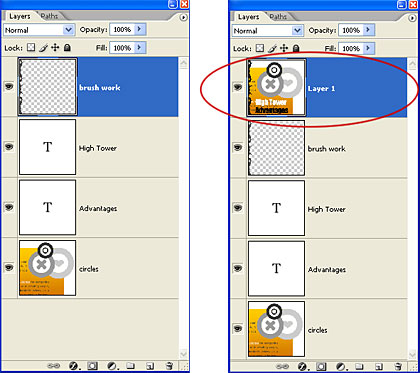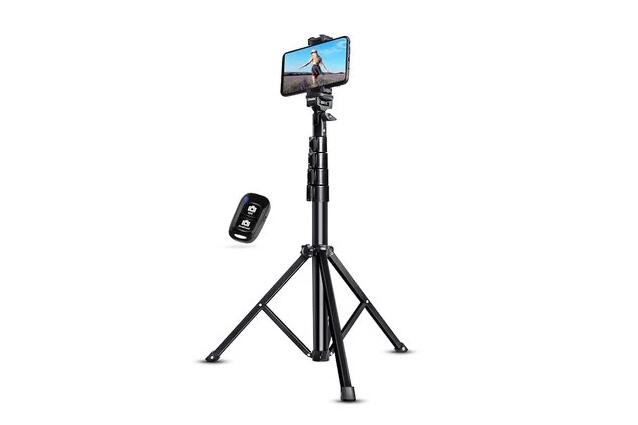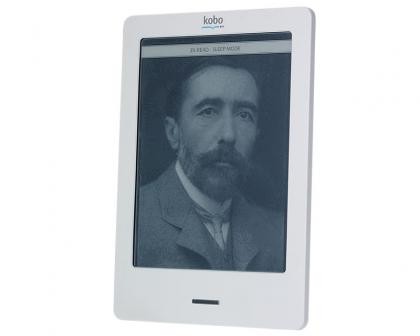TV resolution plays a key role in how sharp and detailed your screen looks. It affects everything from movie watching to gaming and even daily streaming. The higher the resolution, the more pixels are packed into the screen, delivering finer details and crisper images. As technology evolves, TVs are now available in 720p, 1080p (Full HD), 4K (Ultra HD), and 8K resolutions. Each comes with its own benefits and ideal use cases. Whether you're upgrading your setup or buying your first smart TV, understanding resolution is essential to getting the most out of your investment. This article explains the science behind resolution and helps you choose the right option based on your space, needs, and content habits.
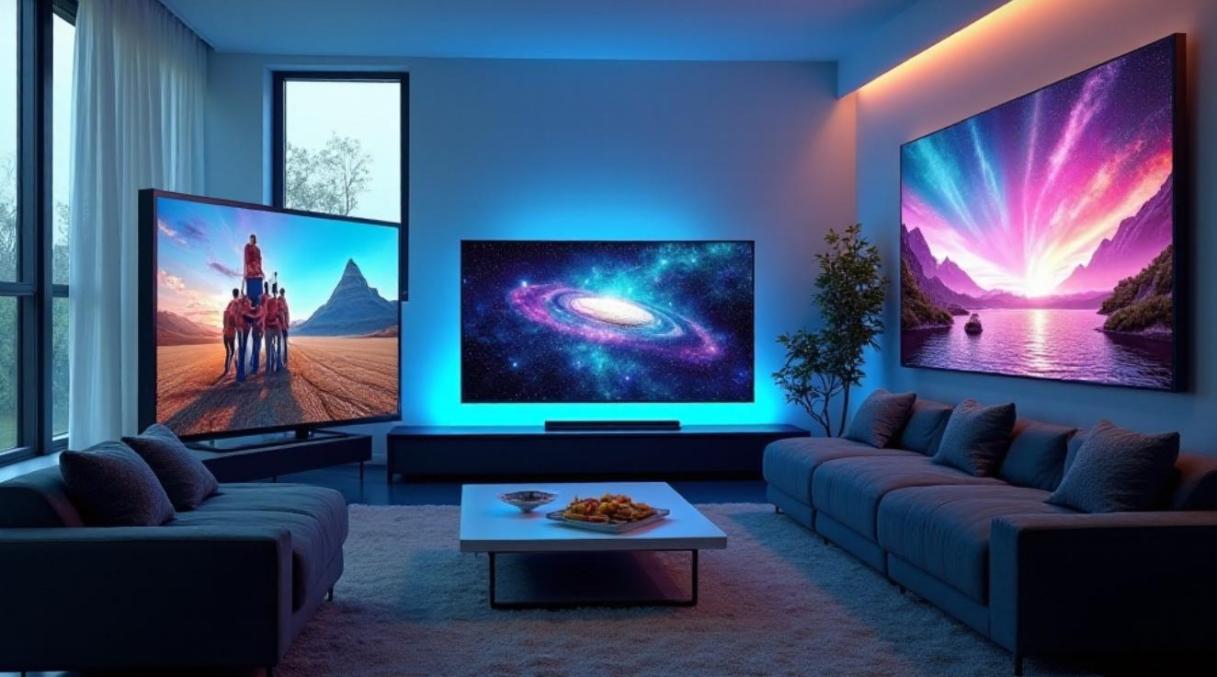
What Is TV Resolution and Why Does It Matter?
TV resolution refers to the number of pixels on the screen, horizontal by vertical. It determines image clarity and sharpness. Higher resolutions mean more detail, especially on larger screens or when viewed up close. Choosing the right resolution ensures you enjoy clearer visuals without pixelation, making everything from sports to movies more lifelike and immersive.
Understanding Pixels and Image Clarity
Pixels are the smallest units that make up the image on a screen. Think of them as digital dots—millions of them forming pictures. The resolution of a TV, such as 1920x1080 (Full HD), means the screen displays 1,920 horizontal and 1,080 vertical pixels. The more pixels, the clearer and more defined the image. A 4K TV, with about 8.3 million pixels, offers four times the detail of a 1080p screen. This clarity becomes obvious when watching high-resolution content or sitting close to the screen. Without enough pixels, images can appear blurry or pixelated. So, more pixels allow for richer detail, smoother edges, and enhanced realism. This is especially important for larger screens, where low resolution can be more noticeable. Understanding pixels helps you appreciate why resolution matters and how it enhances the visual experience.
The Role of Pixel Density in Visual Detail
Pixel density, measured in pixels per inch (PPI), determines how tightly pixels are packed on a screen. The higher the density, the sharper the image appears to the human eye. Two TVs with the same resolution can look different if they have different screen sizes, because the pixel density changes. For example, a 1080p image on a 32-inch screen looks much sharper than the same resolution stretched across a 65-inch screen. High pixel density means more detail, smoother textures, and crisper text. It also reduces the screen door effect, where individual pixels become visible. In practice, higher pixel density is most noticeable when viewing the screen from a close distance. Gamers, professionals, and cinephiles often prefer higher pixel densities for better immersion and finer control. It’s an important factor when choosing between screen sizes and resolutions, especially for modern 4K and 8K displays.
Comparing 720p, 1080p, 4K, and 8K: What’s the Difference?
Each resolution level brings a different picture quality. 720p is HD, but is now considered entry-level. 1080p (Full HD) delivers clearer visuals and is still widely used. 4K offers a massive boost in detail, while 8K pushes clarity even further. Understanding these differences helps match your TV choice to your content and budget. Here's how they compare in real-world use.
720p vs. 1080p
720p, or HD, has a resolution of 1280x720 pixels. It was the standard for years, but is now mostly found in smaller or budget TVs. While it works fine for casual viewing, especially on screens under 32 inches, its image quality can appear soft on larger displays.
1080p, also known as Full HD, offers 1920x1080 pixels—over twice as many as 720p. This resolution delivers a significant improvement in clarity and detail. Text becomes sharper, colors more defined, and motion smoother. It's ideal for streaming, gaming, and Blu-ray content.
Most modern streaming platforms, YouTube videos, and cable providers support 1080p, making it a sweet spot for value and performance. It’s perfect for people who want good visuals without jumping into 4K or 8K costs.
4K vs. 8K
4K, or Ultra HD, features a resolution of 3840x2160 pixels. That’s four times the detail of 1080p, making it excellent for large screens and immersive viewing. It’s the current industry standard for mid-to-high-end TVs.
8K doubles the resolution again to 7680x4320 pixels, offering ultra-fine detail and realism. It’s best appreciated on screens 65 inches and above or in commercial displays. The level of detail in 8K is stunning—ideal for showcasing high-end visuals or professional content.
However, 8K content is still scarce. Streaming platforms, cable services, and Blu-ray formats mostly support up to 4K. While 8K TVs upscale lower resolutions well, the true benefit only shows with native 8K sources. Unless you need the latest cutting-edge tech, 4K currently offers the best balance of content availability and image quality.
Content Availability Across Different Resolutions
Your viewing experience depends not just on your TV’s resolution but also on the quality of the content. 720p and 1080p remain standard for cable channels and some YouTube videos. Full HD content is widely available, making it a reliable choice. 4K content is now increasingly common. Streaming services like Netflix, Disney+, Prime Video, and YouTube support 4K HDR shows and movies. Gaming consoles such as PlayStation 5 and Xbox Series X also support 4K gaming. 8K content, by contrast, is limited. Only a few demo videos and select nature documentaries are available.
When choosing a TV, consider what content you regularly consume. A 4K TV provides the widest access to current high-resolution content. For 8K, you’ll mostly be watching upscaled lower-resolution content until native media becomes more accessible.
How Do Screen Size and Viewing Distance Affect Perceived Resolution?
The size of your TV and how far you sit from it change how resolution is perceived. On smaller TVs or from a long distance, the difference between 4K and 1080p may not be visible. But with a large screen viewed up close, higher resolutions clearly shine. Let's explore how size and distance influence your visual experience.
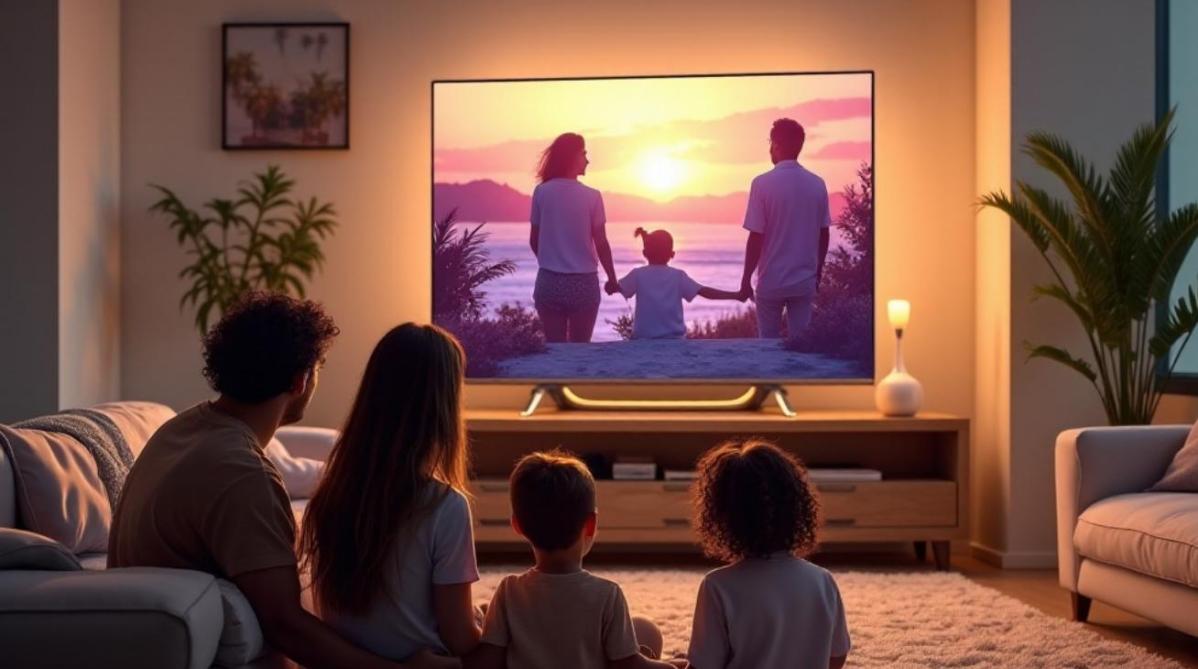
Impact of Screen Size on Image Perception
Screen size directly affects how sharp or soft an image looks. The same resolution looks sharper on smaller screens because the pixels are more tightly packed. Stretch that same resolution onto a larger display, and the pixels spread out, reducing image clarity. For example, 1080p looks great on a 32-inch TV but may appear pixelated on a 65-inch screen. 4K resolution becomes valuable as screen size increases because it maintains sharpness across a larger area. On very large screens, even 4K can show limitations, which is where 8K starts to matter.
Choosing the right screen size and resolution is about finding balance. Go too big without increasing resolution, and you’ll lose visual fidelity. Go too small with ultra-high resolution, and you may not notice the improvement. Understanding this relationship helps ensure your TV delivers the best performance for its size.
Optimal Viewing Distances for Various Resolutions
Viewing distance is the space between you and your TV. Sit too far, and you won’t notice fine detail. Sit too close, and you might see individual pixels. For 1080p TVs, the optimal distance is about 1.5 to 2.5 times the screen’s diagonal. For a 55-inch 1080p screen, that’s roughly 6.8 to 11.5 feet. For 4K, you can sit closer—1 to 1.5 times the screen’s size—because of the higher pixel density. With a 55-inch 4K TV, the ideal distance is around 4.5 to 6.8 feet. 8K TVs allow even closer viewing. However, most people don’t sit close enough to appreciate the difference unless the screen is very large or wall-mounted in small spaces.
Choosing the right distance enhances immersion, especially with high-res content. Always match your room layout and habits with screen size and resolution for the best viewing comfort.
Calculating the Best Viewing Angle
The best viewing angle ensures you see consistent brightness and color across the screen. Sitting directly in front of the TV offers the best experience. However, some modern TVs have wide viewing angles, especially those with OLED or advanced IPS panels.
Ideally, your TV should be at eye level, and the angle should not exceed 30 degrees from center in any direction. Sitting too far to the side can cause colors to fade or darken, especially on lower-end LED TVs. To calculate the ideal viewing angle, divide 30° across your seating width from center, 15° left and right. If more people are watching, choose a TV with wide-angle support or reposition your seating.
Viewing angle matters more for shared spaces like living rooms. For gaming or solo viewing, just staying centered and at eye level maximizes detail and color performance. Combine the right angle with the right distance and resolution, and your TV truly shines.
Is Higher Resolution Always Better?
Not always. While higher resolution offers better detail, it’s only beneficial if your setup allows you to appreciate it. For instance, upgrading from 1080p to 4K makes sense if your screen is large or you sit close enough to notice the extra detail. If you're watching from across a large room or on a smaller screen, you may not see much difference.
Content availability also plays a big role. Without true 4K or 8K content, a high-resolution TV will simply upscale lower-quality videos. While modern upscaling is impressive, it’s not the same as native resolution.
Higher resolution TVs also tend to be more expensive. They demand more from your internet connection and hardware. For example, 4K streaming needs faster bandwidth, and 8K even more so.
So, think practically. A 1080p or 4K TV is often more than enough for most homes. Go for 8K only if you want to future-proof or have specific needs. Always match resolution with room size, viewing habits, and content type.
Conclusion
TV resolution is more than just a number—it shapes how you see and enjoy your content. From 720p basics to ultra-sharp 8K screens, each resolution suits different needs and budgets. By understanding how pixels, screen size, viewing distance, and content work together, you can make a smart choice for your setup.
A higher resolution doesn’t always mean a better experience unless everything else aligns. Focus on the right mix of size, distance, and media to get the best results. Whether you stream movies, play games, or just watch TV, the right resolution enhances every moment.
FAQ
What Is the Ideal TV Resolution for Gaming?
For most gamers, 4K is ideal. It provides sharp graphics, rich textures, and is supported by next-gen consoles like PlayStation 5 and Xbox Series X. If you’re into competitive gaming and prioritize speed, Full HD with a high refresh rate might be better.
Can You See the Difference Between 4K and 8K?
In most living rooms, the difference is subtle unless you have a massive screen or sit very close. 8K is visually stunning with native content, but 4K is usually more than enough for most homes and setups.
Does Streaming Quality Affect the Benefits of High-Resolution TVs?
Yes. Streaming services compress video to reduce data use, which can lower image quality. To enjoy true 4K or 8K quality, you need a fast internet connection and a subscription that supports high-resolution streaming, like Netflix’s premium tier.


